The Changing Role of Today’s EdLeader
Key Points
-
The power dynamic in education is also shifting, with families increasingly taking charge of decisions regarding their children’s learning environments.
-
The intersection of a teacher shortage, rapid advances in EdTech and AI and the growing demand for a more diverse workforce has set the stage for transformative changes.
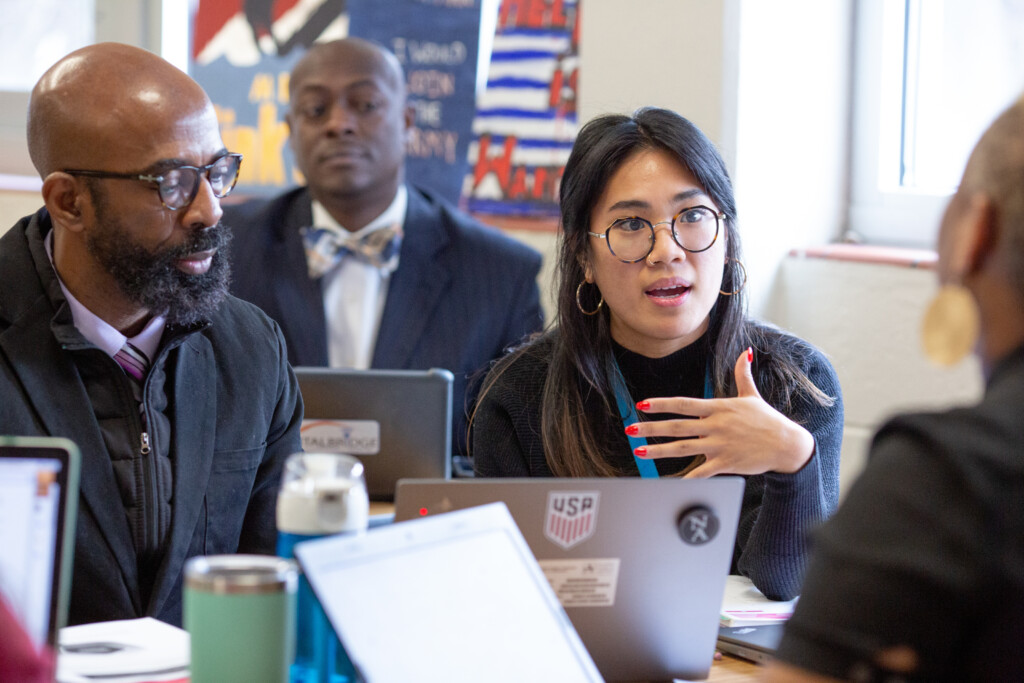
In the face of the evolving educational landscape, teachers are navigating a dynamic environment shaped by multiple factors. The intersection of a teacher shortage, rapid advances in educational technology (EdTech) and artificial intelligence (AI) and the growing demand for a more diverse workforce has set the stage for transformative changes. The power dynamic in education is also shifting, with families increasingly taking charge of decisions regarding their children’s learning environments. Notably, when parents find their local school options lacking they are building their own.
Recognizing the urgent need to address the shortage of educators, various stakeholders at the federal, state, and local levels, along with intermediaries, are implementing innovative solutions. “Grow your own” programs and teacher apprenticeships are emerging as key strategies to cultivate a sustainable pool of educators. New school models are popping up across the country, providing alternative structures and fresh opportunities. These initiatives acknowledge the essential investment required to retain education leaders in the field for the long term.
We must create systems and spaces that allow for dynamic and diverse workplaces, leveraging collective expertise, to ensure future and current education leaders find purpose and joy in what they do and have the knowledge and tools to prepare students for the complexities of our world. We need to continue to reimagine the way we staff schools, implement new school models, provide supportive and varied opportunities for growth and prepare our future educators.
Redesigning Staffing Models
Last year, we highlighted the Next Education Workforce model and the role of teachers shifting away from the one-teacher one-classroom model. Playing to the strengths of each individual educator and placing collaboration at its core, ASU’s Next Education Workforce model is less about management and is more about collaboration. Across a school, certified teachers, paraprofessionals, interventionists, special educators, community volunteers and leaders in teacher prep programs may all have a hand in facilitating the learning of a large shared cohort of students.
Placing emphasis on specialized expertise within teacher teams, each member contributes their unique skills and knowledge, creating a diversified and well-rounded unit capable of addressing various learning styles and needs. Instead of working in silos, educators collaborate and leverage their individual and collective strengths to create a more comprehensive and engaging learning experience for students that not only enhances the quality of education but also prepares students for a world where teamwork and collaboration are essential skills.
New School Models
As we continue to reimagine the way we staff schools, it is imperative to explore and implement new school models. These models should be designed not only to meet the evolving needs of students but support a variety of opportunities for professional growth among educators.
The STEAD School in Commerce City, CO, which stands for Science Technology Environment Agriculture and Design, is a new public charter high school that opened in the Fall of 2021. I had the pleasure of visiting recently and learning more about their model and community. The school leadership spoke about ensuring that “heads, hearts, and hands” were engaged in learning. They refer to their teachers as ‘guides’ who get to “co-create and co-vision” with their fellow education leaders and students.
Another Colorado example is La Luz, a competency-based lab school in Denver with the mission to reinvent middle school. They acknowledge that learning happens everywhere and each day students head off campus to connect with community partners. They also refer to teachers as guides and seek out educators who are strong relationship-builders, skilled at unscripted lesson-planning and want to have fun in their profession.
Supportive Professional Development
We cannot expect to fill teachers up with a few sit-and-get PD days each year; we need to consistently support edleaders with opportunities to learn and share frequently and in a variety of ways. Teacher-centered mentorship models can provide ongoing support and serve different learning styles. CommunityShare offers professional development in the form of a national educator fellowship that supports educators in learning how to co-design community-engaged learning experiences. Teachers want real-world learning too.
Leadership programs, like the one recently implemented by Long Beach Unified School District, equip educators who aspire to lead schools and districts in their own communities. Let’s not stop at students and teachers; transformation is a metamorphosis of entire structures and mindsets.
Preparing Future Educators
When Brent Maddin, Executive Director at Next Education Workforce, was on a podcast with Getting Smart a few years ago, he stated, “[educators] have to have agency, voice and the ability to personalize their path. Next Education Workforce offers Educator Pathways in the areas of Professional, Community and Leadership, presenting more ways to become educators and a wider array of opportunities to gain certifications and specializations.
Grow Your Own programs continue to sprout up, like St. Vrain Valley School District’s P-TEACH program and Seed Teachers, a program of Degrees of Change in Tacoma. The need for high-quality and affordable pathways, like apprenticeships, is greater than ever and many school districts are implementing this model of earn while you learn. We touched on this during a town hall at the end of last year on Apprenticeships for Tech and Teaching.
Two years ago, we published Katie Kimbrell’s blog, It’s (Past) Time to Redesign the Teaching Profession, in which Katie, Director of Startland Education, poses the question, “What would it take to design a profession so appealing that it attracts our best, brightest, and most inspiring humans?” In preparing our future educators, we need to see beyond how we have traditionally trained with teaching methodologies to really meet the “heads, hearts and hands” of leaders with a purpose-driven pedagogy. The ongoing transformation in education demands a collective commitment to reimagining structures, embracing innovation and prioritizing the well-being and professional development of educators. By doing so, we can create an educational landscape that not only addresses current challenges but also paves the way for a future forward system that prepares students to navigate life.
This all reminds me of a poem I saw painted on a wall when I was on a site visit recently at Watershed School:

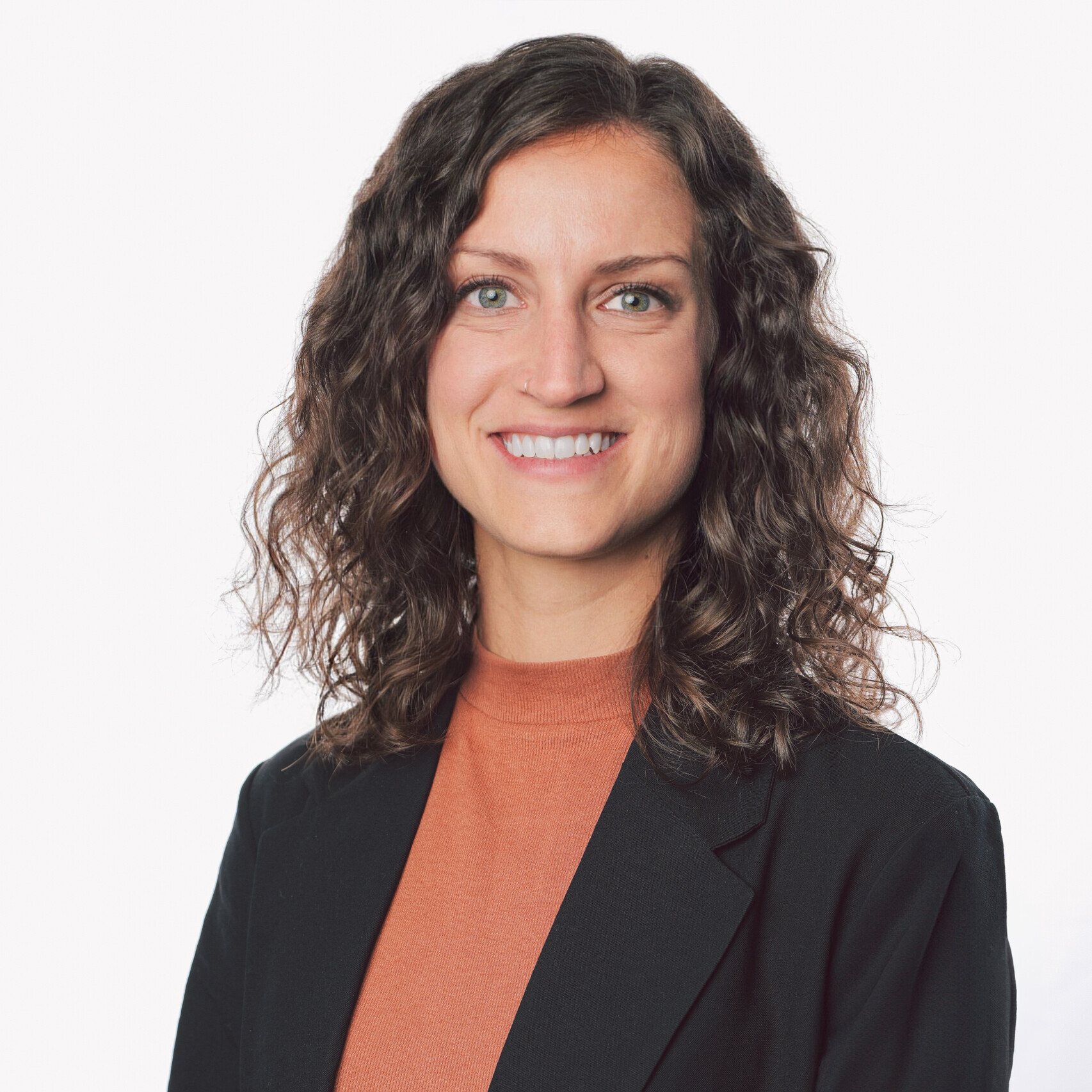



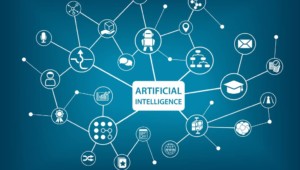

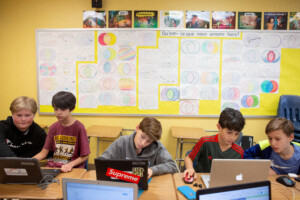
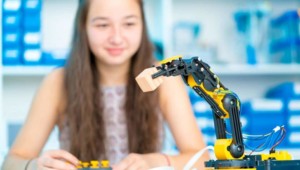
0 Comments
Leave a Comment
Your email address will not be published. All fields are required.